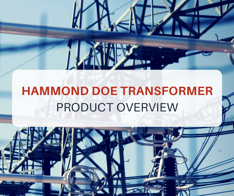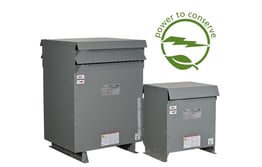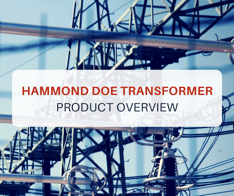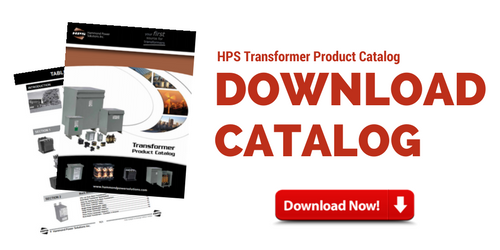 Since January 1st, 2016 the US Department of Energy has enforced a fresh set of guidelines for Power Transformers with respect to their energy efficiency with the prime goal of reducing their carbon footprint. Greenhouse gases have wrecked the environment in more than one ways while inefficient appliances especially those linked with power have only made the conditions worse.
Since January 1st, 2016 the US Department of Energy has enforced a fresh set of guidelines for Power Transformers with respect to their energy efficiency with the prime goal of reducing their carbon footprint. Greenhouse gases have wrecked the environment in more than one ways while inefficient appliances especially those linked with power have only made the conditions worse.
Transformers are one of the most primary and irreplaceable components of the global electrical system. They have established themselves at the head of the transmission/distribution chain, and even a fraction of inefficiency can have a long-range effect on the entire grid. The need to account for transformers’ energy losses can only be taken care of through increased generation, which as we know, in most cases, have devastating environmental impacts.
But increasing the energy efficiency of a transformer isn’t that easy, especially as we have progressed into an age where certain technologies have peaked out. Transformers are already highly efficient, reaching as high as 98–99 percent, depending on the kVA rating. Any further improvements are extremely challenging to bring about, requiring innovations in core and conductor materials. Naturally, this means a higher cost.
The higher cost however would be set off through increased energy efficiency over an extended period of time, which would ultimately lead to a greater economic and environmental profile.
 Hammond has aligned itself with the DOE 2016 requirements, bringing it head to head with the competition. One of the transformers, HPS Sentinel G outperforms conventional transformers in all fields of efficiency whether its overall throughout, cost of operation or savings. The Sentinel G series is ideal for supplying general load such as heating, lighting, motorized machines, etc. The salient features include:
Hammond has aligned itself with the DOE 2016 requirements, bringing it head to head with the competition. One of the transformers, HPS Sentinel G outperforms conventional transformers in all fields of efficiency whether its overall throughout, cost of operation or savings. The Sentinel G series is ideal for supplying general load such as heating, lighting, motorized machines, etc. The salient features include:
Statistically speaking, the DOE 2016 standard Transformers will amount to approximately 30% increased efficiency and are optimum for long-term use. The environmental benefits can be amounted to:
As an example, using a 75kVA DOE 2016 Transformer will save you $23,000 over 30 years. Reduced heat losses would also eliminate the need for external cooling or frequent maintenance, cutting down operation costs and increasing RoI over time.



